Two women kneel to one side of the stage in front of what appears to be an ancient painting of a pine tree. A third enters from the opposite side, dressed in a beautiful kimono and makeup similar to that of a geisha. The kneeling duo begins to individually sing and play the shamisen, a traditional stringed instrument. The singing is very rhythmical and deeper than you might expect, a cross between singing and chanting. The dancing matches the music with rhythmical, careful movements, like a series of poses connected by smooth footwork and flowing sleeves.
But something is different about this performance. I’m sitting right by the stage, with a glass of wine in front of me, and to my right is a luxurious bar. It’s not your typical setting for this performance, for sure. That is because this is not a typical Japanese performance. This is Suigian, a lounge where signature cocktails are served alongside traditional Japanese dance and music.
Suigian in the Heart of Nihonbashi
Suigian is located in a somewhat inconspicuous space in Nihonbashi, Tokyo. Amid the high-rise buildings and high-fashion shopping malls, you’ll need to find Fukutoku and Yakuso Shrine and head downstairs to an underground area to locate it.
While it may have a discreet entrance, it makes sense that such a luxurious establishment would be in Nihonbashi. Over the years, this eastern neighborhood of Tokyo has become heavily associated with wealth and spending and has long been a commercial and business hub for Tokyo due to its historical importance and good access. It was considered a terminal point for Japan’s five Gokaido roads, which were important routes connecting Kyoto and Edo (Tokyo), and other cities. Its wealth and importance made it a center for entertainment and food, much as it is today.
In Nihonbashi, you can discover numerous high-end shopping malls such as Coredo and Mitsukoshi. Coredo consists of several buildings with shops and restaurants, while Mitsukoshi boasts gilded entrances and a Hermès storefront along the main road. In addition to shopping, you can also visit the impressive head office of the Bank of Japan and several quaint shrines. One of these shrines, Fukutoku Shrine, is located next to Suigian and is believed to bring financial luck.
The Concept Behind Suigian
In the year 2018, within this hub of opulence, the talented artist Hidetomo Kimura conceived the concept of Suigian as a “theater-style restaurant and lounge.” His vision aimed to seamlessly merge Japanese culture, culinary art, and design into the contemporary era while upholding and honoring tradition.
As part of the concept, the space has a distinctly moody bar atmosphere but with elements of Japanese culture throughout. The stage sits front and center, with a large pine tree on the backdrop, which came from a stage in Kyoto’s Muromachi-Ebisugawa district. Opposite the stage, there is a small tea ceremony room, and next to it, a wall of noh masks. But instead of tatami mats and low tables, there are sofas, armchairs, and a bar.
The cuisine also follows tradition, with some modern stylings. It follows the traditional idea that there are 72 seasons, where each season lasts just five days. This ensures that every dish served is fresh and hyper-seasonal. If you were to visit two weeks in a row, you would find that the food and cocktails served would be completely different each time.
A Full-Course Meal and Traditional Japanese Performances
To enjoy the full range of performances at Suigian, you must reserve a full-course dinner, which starts at 13,200 yen per person. The bar opens at 9pm, allowing you to catch the final performance of the evening starting at 10pm.
Throughout the evening, there is a rotation of performances and dining. While it’s unlikely that you’ll eat during any of the performances, you can order drinks right from the start and enjoy them while watching the show. Generally, the meal would be accompanied by one type of performance. However, during my visit, there was a press event featuring two types of performances: nihon-buyo and noh.
After the performance, we had the first taste of the night’s meal. It was a great indicator of how seasonal everything would be. The dish featured corn, tomato, myoga ginger, okra, and sweetfish — all very summery ingredients for our July dinner.
The Noh Performance
This was then followed by a type of noh performance called shimai. The three noh performers of the Takeda family, dressed in a formal kimono with their family crest, performed short highlights of different noh titles. While one danced, the other two would sing their rhythmic, chant-like chorus. In this case, each performer had their own eye-catching fan that was a central part of the performance, and related to the story they told.
The longest performance of the evening was an abridged version of the noh play Kamo. Here, we saw the iconic and elaborate noh costume and mask. First on stage are the musicians, who kneel by the pine tree painting. The instruments include three drums and a flute, and the two remaining members sing the chorus.
Then, the god of thunder, Wakeikazuchi, comes on stage. He is wearing an elaborate gold and navy costume with gold and red hakama trousers, a shock of bright red hair on his head and a golden noh mask. He carries a stick with kami shide attached, which are zig-zag paper streamers used at Shinto shrines. The drums get louder, and the flute almost piercing as the god dances, stomps, and runs across the stage, all the while with the singers chanting the story of Kamo.
Between the two noh performances and afterwards, we received an array of elegant Japanese dishes on equally elegant tableware. The seven-course meal featured all sorts, and I was invited to eat my way through urokoyaki tilefish, sashimi, lobster, Yamagata beef, crab ochazuke rice, and a fruit assortment.
Switching to Night Mode
After the meal, the stage transforms into a distinctly different atmosphere. The lights go down, and new digital artwork projects onto the backdrop on top of the painted pine tree.
The kimono-clad performer and her accompanying musicians play the closing Nihon-buyo piece in what feels like an entirely new space. The rhythmic movements and sounds combine with the lights into something ethereal. She moves through different seasonal Japanese scenery, a moving and melancholy performance as her surroundings change from the pampas grass of summer to the Gokayama snows of winter.
After the performers leave the stage, the moving digital artwork remains, transitioning through different scenes as the bar opens for orders. The noh performers take up seats at the bar, allowing guests to speak to them and ask any questions.
In this lounge and bar time, tradition meets the new age in creative cocktails inspired by the 72 micro-seasons. I ordered the Hawks Learn to Fly cocktail, made up of gin, peach cordial, lemon, Fino 5, and hawk’s claw. The refreshing citrusy drink alongside the moody ambience feels like the perfect relaxing and refined way to end the evening, a reflection of the seasons and of tradition.
How to Get to Suigian
When visiting Suigian, you can choose a tea ceremony package, a dinner package (which ends at 8:30pm), or simply visit the bar after 9pm. For bar-only visitors, there is a cover charge of 1,000 yen per person, whereas for package visits, the charge is included in the price.
 SUIGIAN
SUIGIAN
NIGHT CLUB- 福徳の森 地下, 1階, 2 Chome-5-10 Nihonbashimuromachi, Chuo City, Tokyo 103-0022, Japan
- ★★★★☆
Suigian is located right next to the small Yakuso Shrine. At ground level, you will see Chaya Suigian, which is brightly colored and sells dessert items. Next to Chaya Suigian is a staircase to the basement level. Go down that staircase, and you will see the entrance to Suigian there.


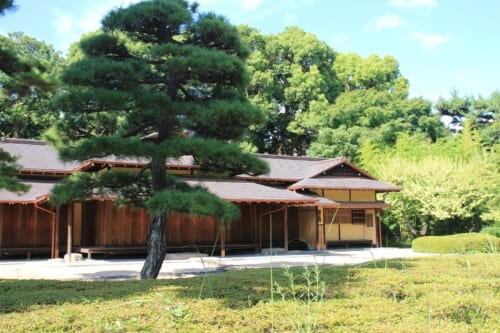
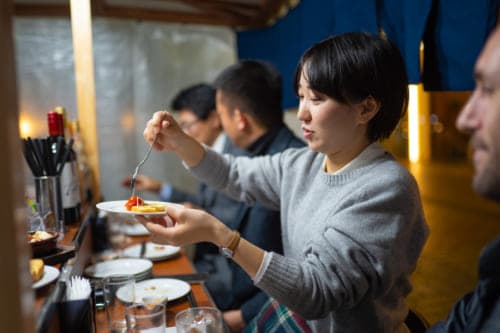
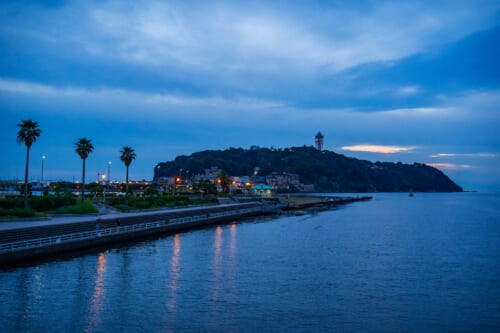

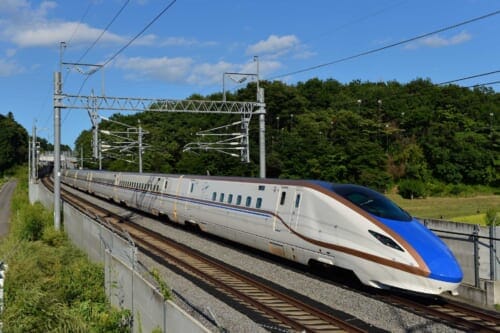
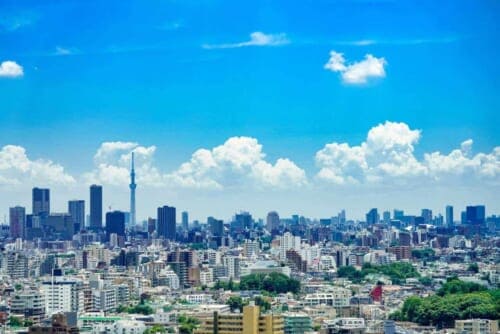


No Comments yet!